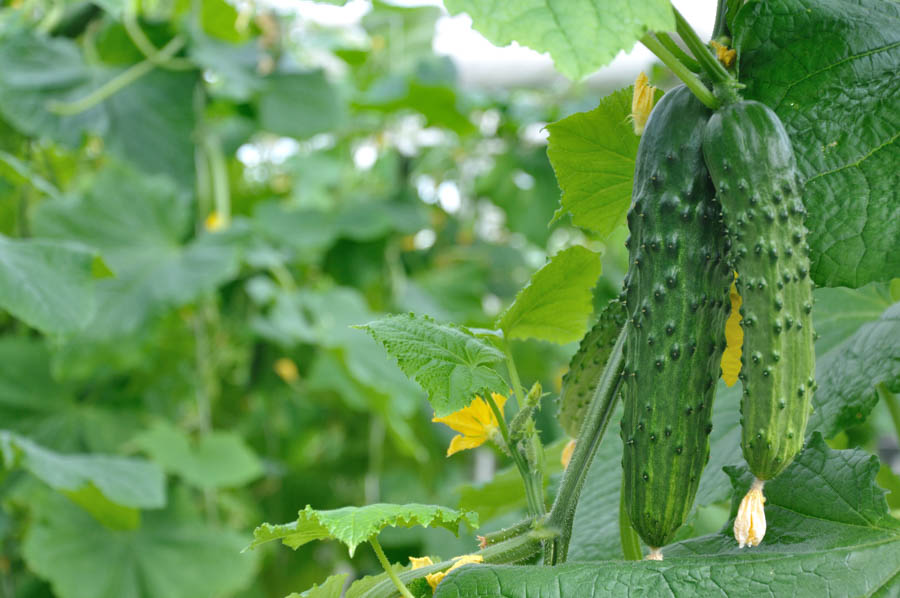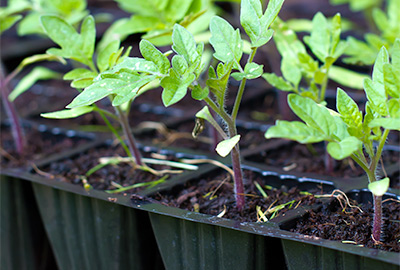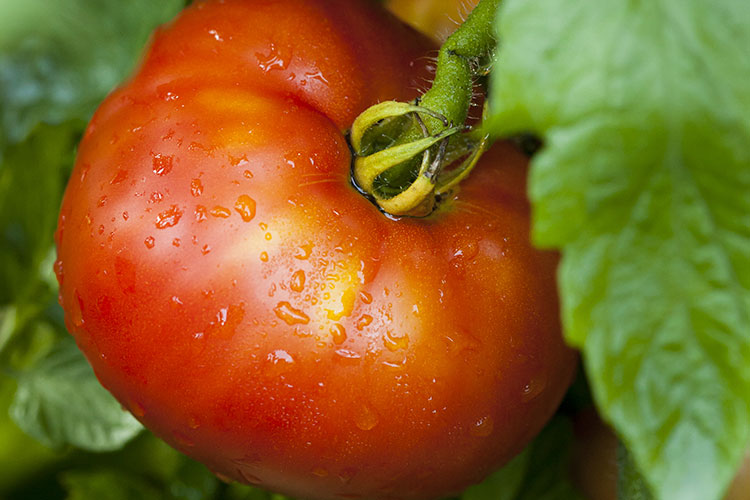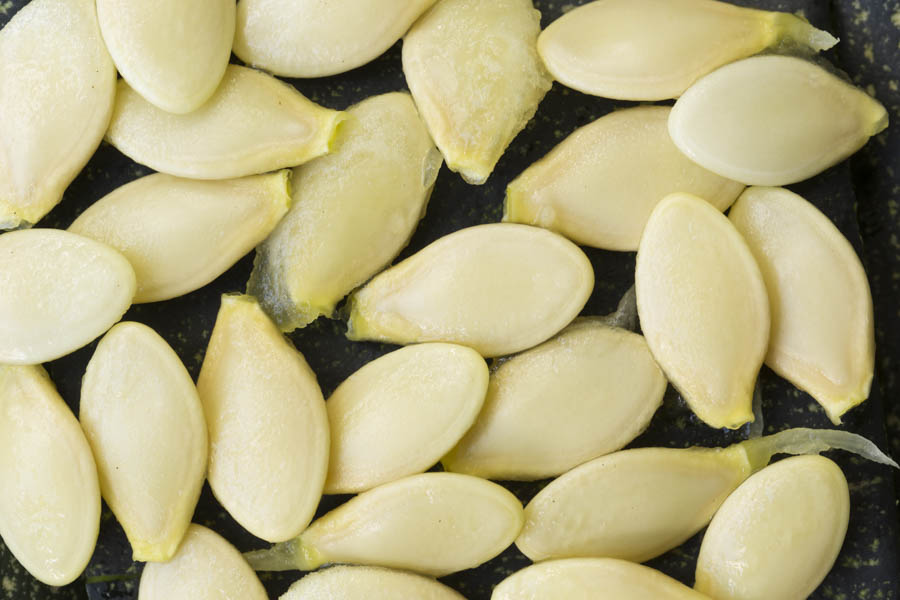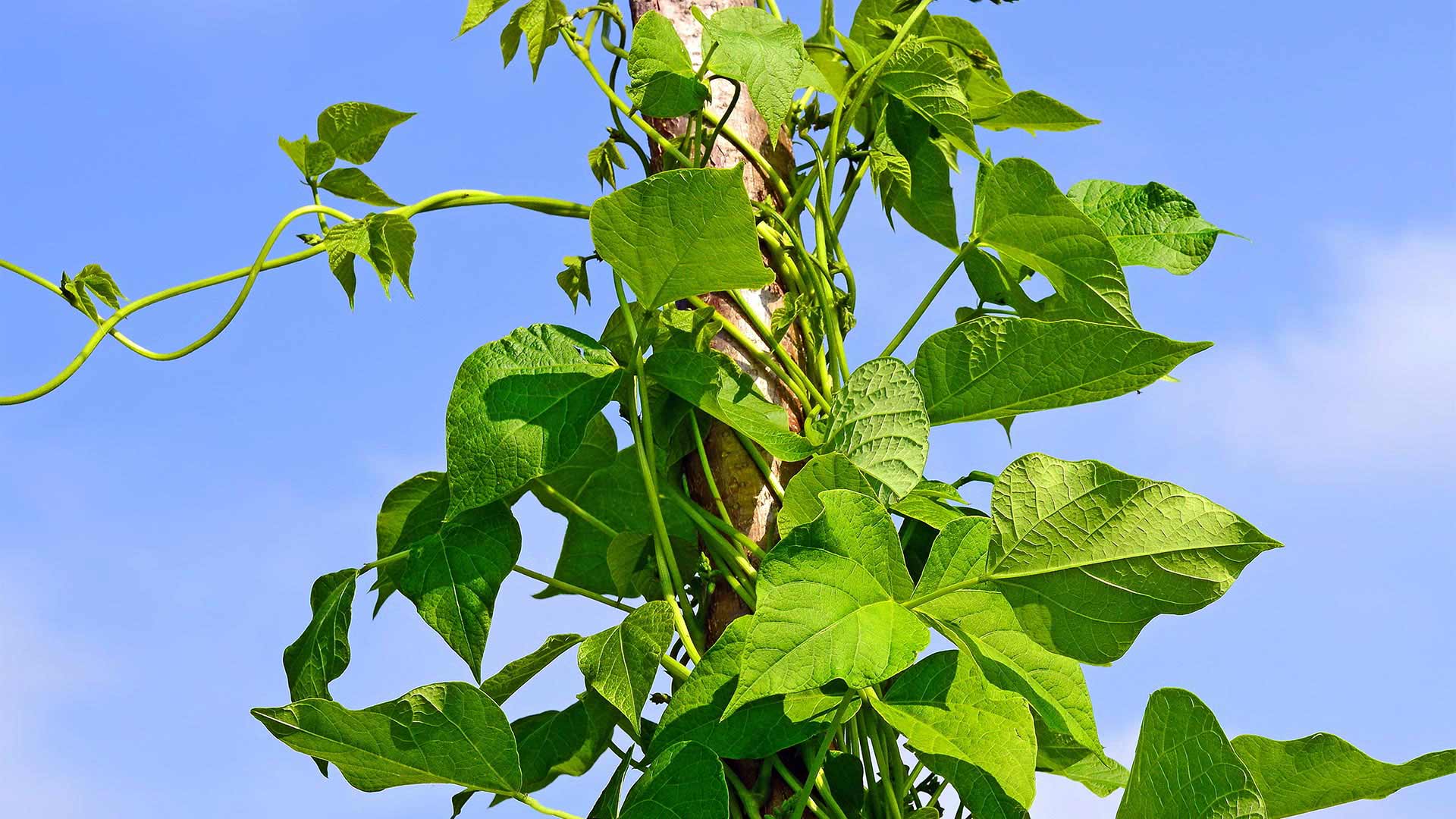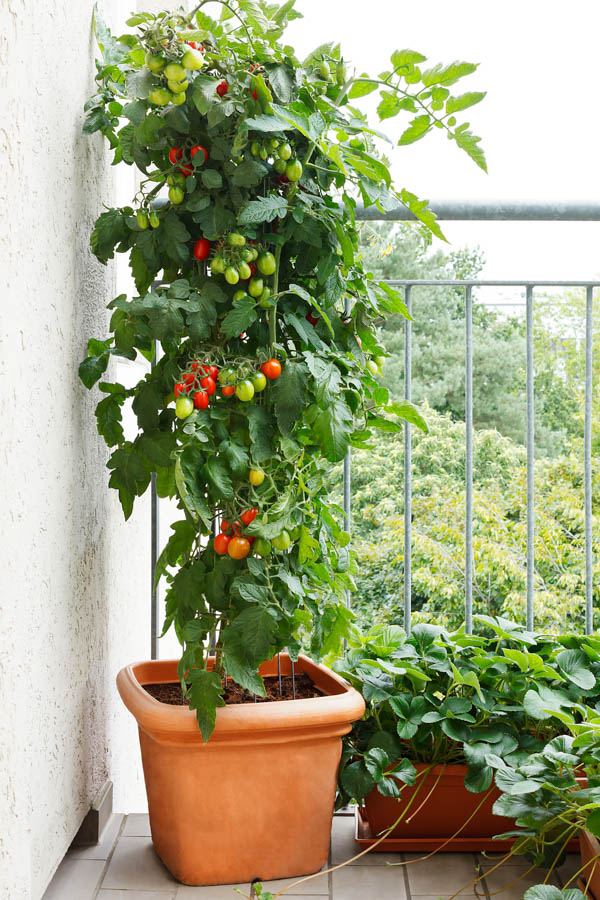Dig in
3 Tips for Growing Cucumbers in Coastal Southern California
May 12, 2017
GardenZeus Southern California
/ Organic Gardening: Vegetables
/ The Mighty Garden Archive
By: C. Darren Butler
Time your planting carefully. Cucumbers can be fussy. They grow and fruit best in full sun at temperatures from 55° to 85°F, with optimal growing temperature between 65° and 75°F. They tend to be sensitive and stressed at temperatures above about 85°F and below about 50°F. In Southern California Coastal areas, plant pre-germinated cucumber seeds or seed […]
Read More
The Alphabet Soup of Tomato Disease Resistance
May 11, 2017
Nothing But Tomatoes
/ Organic Gardening: Vegetables
/ The Mighty Garden Archive
By: Ann Clary
Tomato seeds and plants may be sold with a string of letters after their variety names. These are codes for disease resistance. Common letter codes include: A Alternaria stem canker F Fusarium wilt FF Fusarium, races 1 and 2 FFF Fusarium, races 1,2 and 3 N Nematodes T Tobacco mosaic virus St Stemphylium gray leaf spot […]
Read More
GardenZeus Tips for Fertilizing Tomatoes During the Growing Season
May 11, 2017
Nothing But Tomatoes
/ Organic Gardening: Vegetables
/ The Mighty Garden Archive
By: Ann Clary
Tomatoes are heavy feeders, and perform best in rich, living soil with sufficient organic matter and calcium. GardenZeus recommends providing additional nitrogen and nutrients to tomatoes after transplanting and again once tomatoes begin to produce fruit. Add nitrogen in the form of diluted urea or a cup of chicken manure diluted in 4 gallons of water […]
Read More
Encouraging Cucumber Pollination Through Companion Planting
Because lack of pollination is a primary reason for poor yield, GardenZeus recommends encouraging bees to visit your cucumbers by planting them near borage, nasturtiums, rosemary, oregano, and other heat-tolerant, bee-attracting herbs and plants. Traditional lore suggests that close planting with some of the aromatic herbs in the list above and others including sage in […]
Read More
How to Save Seeds from Summer Squash, Including Zucchini
Saving seeds from summer squash is more complicated than saving seeds from many other vegetables. Summer squash will cross readily with most other varieties of summer squash (Cucurbita pepo). Long distances between different summer-squash varieties or isolation is required to save seeds that remain true-to-variety across multiple plant generations. Home gardeners typically use isolation to […]
Read More
Pole Beans: Tips to Maximize Your Harvest
Those of you with pole beans in your gardens are probably enjoying their rapid growth in this warm weather. Here are four pointers to maximize your harvest. Thinning plants. Pole bean seeds are generally planted 3 to 4 inches apart along the base of a linear trellis, teepee-like support structure, or other support. Pole beans […]
Read More
Getting to Know Cucumbers Part 3 of 3: A Guide to Cucumber Types
Getting to Know Cucumbers for Garden and Kitchen Part 3 of 3: A Guide to Cucumber Types The 1st article in this series described 2 general categories of cucumbers (slicers versus picklers, and vining versus bush); the 2nd article in this series shared definitions of terms used to describe cucumbers. Building on this prior information, […]
Read More
Getting to Know Cucumbers Part 2 of 3: Cucumber Characteristics
Getting to Know Cucumbers for Garden and Kitchen Part 2 of 3: Cucumber Characteristics and Terminology It’s easy to confuse terminology describing characteristics of cucumbers with actual type or cultivar of cucumber. “Seedless” and “burpless” are not distinct cultivars of cucumber, but describe characteristics that may be found in many different varieties. For example, you […]
Read More
Growing Tomatoes in Containers: 5 Steps for Success
April 25, 2017
Container Gardening
/ Nothing But Tomatoes
/ Organic Gardening: Vegetables
/ The Mighty Garden Archive
By: C. Darren Butler
Tomatoes can make excellent container plants, provided that a few important criteria are met. Choice of Type and Variety. Most cherry tomato varieties that are otherwise suited to your growing conditions will produce abundantly in containers in your zone. Many larger tomatoes will also do well in sizable pots or containers. For heirloom, indeterminate cherry […]
Read More
